The Good, The Bad, and The Avocado | An Ode to the Avocado
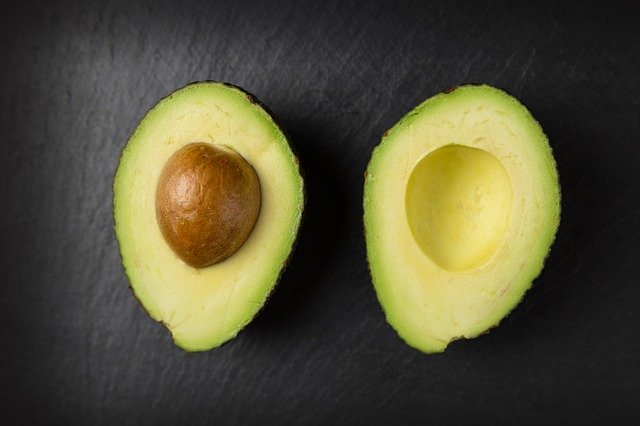
Where Did Avocados Come from and Why are they so Popular?
The history of the avocado is a lengthy one—it’s an evolution. Avocados are in the Laurel tree family, which is part of the cinnamon, camphor, sassafras, and bay leaves. Let’s go way back to the Neogene period (10 million years ago), a time when Laurel trees thrived in subtropical climates, mainly those in South America where the avocado evolved.

After the Neogene period followed the Pleistocene epoch, a time when these enormous animals lived and had a plant-based diet. The megaherbivores, such as the Toxodons, giant ground sloths (which dwarfed today’s elephant). And gomphotheres— today’s armadillos, roamed South America.

These Godzilla-sized animals needed copious amounts of food to survive. Grass didn’t cut it. They sought out a dense, fatty fruit—what we know today as the avocado. Thanks to the process of endozoochory, where eating, digesting, roaming, and defecating would sew the seeds of the avocados and trees began to flourish in Central America. Avocado trees stood the test of time with their longevity. They are one of the longest living fruit trees, with a lifespan of up to 100 years.
When Did Humans Start Eating Avocados?
Our descendants, the Homo-sapiens tore into these heart-healthy fruits, fast forward to the Mayans, they deemed the avocado so important that used it in a calendar year. Humans began consuming them about 10,000 years ago in Central America. Today, Mexico is the world’s largest avocado producer. The origin of the name is Persea Americana due to the toxin in it called persin, which is poisonous to birds and large animals like cows, goats, and sheep.
Are Avocados a Fruit or Vegetable?
Since they have one seed, avocados are considered a fruit. However, they are more like vegetables nutritionally. It is often mistaken as a vegetable because of its numerous nutrient profile.
The difference between a fruit and a vegetable is that fruits come from parts of the plant that develop from flowers and contain seeds. The vegetable, on the other hand, comes from plant leaves, stems, and roots.

The avocado is not the only fruit often mistaken for a vegetable. Surprisingly, the others are zucchinis, cucumbers, tomatoes, pumpkins, butternut squash, peppers, olives, and eggplants.
What are the Benefits of Avocado?
The mighty avocado is high in vitamins A, D, E, and K. Your eyes will benefit from the avocado as well, as it contains lutein and zeaxanthin. These two highly important nutrients are carotenoids, which can help maintain good eyesight and minimize the risk of cataracts, macular degeneration, and atherosclerosis. Carotenoids are a pigment found in red to yellow fruits and vegetables.
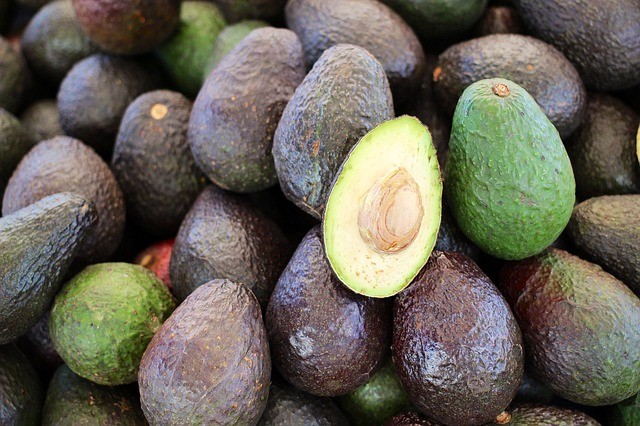
Your heart will love you for eating more avocados. Like no other fruit, they contain good monounsaturated fat and polyunsaturated fats. By replacing saturated fats with unsaturated ones, you can reduce cholesterol levels.
Avocados contain small amounts of minerals, too, such as zinc, copper, iron, magnesium, phosphorous, and manganese. The avocado consists of nearly 73% of water, 15% of good fat, 8.5% of carbohydrates, which are mostly fibers, and 2% protein. And it contains very little sugar, its very low on the glycemic index (15). With that nutritional composition, I call it the mighty avocado.
What are the Varieties of Avocados?
There are dozens of varieties of avocados, the most popular being Hass, which most chefs use. Surprisingly, there are more than 500 different varieties of avocados, and strangely, 95% of avocados sold in the USA are Hass.
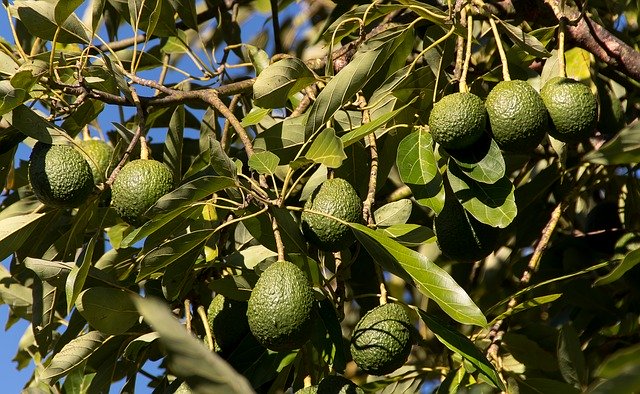
But why are Hass so wildly popular? It was by a mailman from Milwaukee by the name of Rudolf Hass, who moved to California after reading a pamphlet encouraging a career in growing avocados. Mr. Hass headed to SOCAL and dedicated his life to growing avocados. He grew one particular avocado tree in the early 1930s of an avocado seed from an unknown origin. He then grafted it with a Fuerte avocado tree.
The grafting never seemed to work; he lost hope and wanted to chop it down out of frustration. Hass was convinced to let it grow, and one day it bore a new kind of avocado. The fruit did not have green and smooth skin like most avocados. Rather, it had black, rough, pebbly skin. However, the flavour was noted by the Hass family to have a rich nutty, creamy taste. It was known for its high fruit yield and excellent shipping resilience.
Here is a list of some of the common varieties of avocados:
Gwen avocado– It has a similar taste to the Hass with a nutty flavour and buttery texture, and the seed is very tiny. Harvest season is April through September.
Fuerte– is a medium-sized fruit with a slightly bumpy green skin that has yellow dots. Unlike many other avocados, the Fuerte skin remains green when it’s ripe. It has a distinct nutty flavor. The seed is pointy and a bit bigger than the Hass. Available mid-winter until early spring.
Bacon– It is oval with smooth dark green freckled skin. Inside, the flesh is pale yellow-green and has an enormous pit. Bacon avocados are available mid to later winter.
Reed-That surprisingly gigantic green avocado that takes a while to become ripe but well worth the wait. Weighing in at more than a pound, this tasty variety has thick, pebbly skin that is easy to peel. The flesh is a pale golden yellow. Reed is known to be available in summer to even early winter.
Zutano– It was first grown in 1926 in California. Not easily found in a grocery store, it resembles the Fuerte but is the pollinator of the Hass. It is a pear-shaped, medium-sized fruit. The Zutano has a thin glossy green-yellowish skin. Like the Fuerte, the skin remains green when ripe. This silky texture avocado is available mid-fall through late winter.
Who Should Not Eat Avocados?
There are many reasons to eat avocados, even every day, although not if you have a genetic mutation called the P376L variant. Although a very rare disease, people with elevated HDL-C dysfunction (High-Density Lipoprotein) are at an increased risk of coronary heart disease.
A serving of avocado provides nearly 24% of our daily fiber needed, and that’s great as it feeds the friendly bacteria in the gut. However, avocados are not for everyone because they contain FODMAPS (fermentable oligo-, di-, monosaccharides, and polyols). These are short-chain carbohydrates that certain people can’t digest, such as those suffering from irritable bowel syndrome (IBS).
Did You Know the Avocado Seed Is Good to Eat?
After cutting into the avocado and mindlessly throwing the seed away, think twice. The avocado seed is edible and offers many benefits. Did you know that the seed contains 70% more antioxidants than the fruit? Antioxidants are particularly important as they reduce cellular aging and fights inflammation.
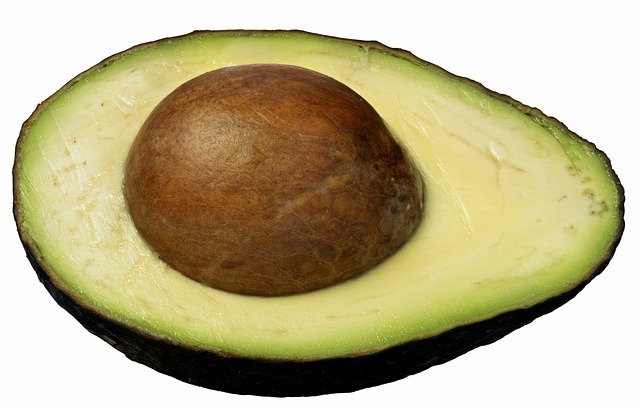
The benefits of avocado seeds are plenty:
Also known as the pit, it eases digestive issues by reducing flatulence and bloating thanks to the soluble fiber content in the seed. South Americans have been using the avocado seed for digestive issues for hundreds of years. Especially for constipation, diarrhea, and ulcers.
The seed helps lower cholesterol and heart disease with the essential fatty acids, which help restore a healthy cholesterol balance. Its high fiber content helps prevent blood sugar spikes too. And, just like the flesh of the avocado, the seed is an excellent source of potassium and high in monounsaturated fat.
There are the good and the bad sides to the avocado seeds. More clinical studies are required to study and understand the benefits and side effects. Only use small amounts as there may be some health concerns from plant compounds in the avocado seed that may be harmful as it has trypsin inhibitors and cyanogenic glycides.
The Ugly Dark Side of Avocados
The avocado bring promotes health benefits to most but not for all. Some farmers in Mexico are under the control of the cartel, who take a large cut from the profits of the “blood avocados.” The cartel will use torture, kidnapping, and even murder to enforce these measures of profit to benefit from the high demands of the avocado industry.
The avocado does not leave such a pretty carbon footprint, either—not so eco-friendly after all. The widespread growth of monoculture plantations is affecting the biodiversity of the variety of living organisms. With the use of more pesticides This has an impact on their evolution in their ecosystems.
The Brighter Side of the Avocado
Let’s take a look at some of the fun random facts and uses about the avocado:
-Avocados are a super replacement for butter in recipes.
-More than 3 million images of avocado toast were uploaded to Instagram in the summer of 2017. I highly suspect Meghan Markle contributed to this trend as she was throned as the “Queen of Avocado Toast.”
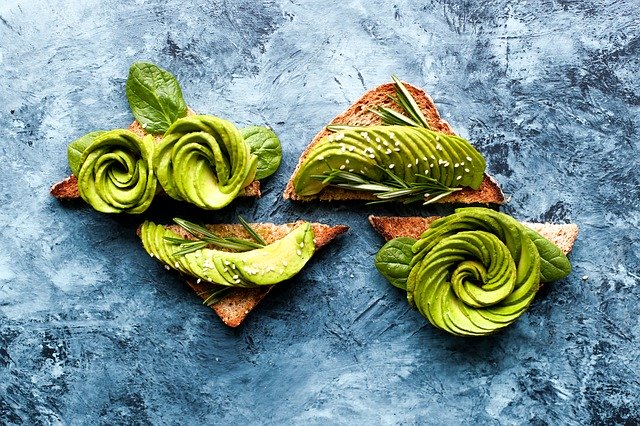
-Avocados grow in pairs. As a result, they are a symbol of love and fertility for the Aztecs.
-Avocados only ripen after they have been harvested. If you want to ripen your avocado quicker, place it in a paper bag with an apple or banana.
-If you want to slow the ripening process, store avocados in the fridge.
-If your avocado is cut, add lemon, lime juice, or water on top of the flesh and store it in an airtight container in the fridge.
-Smooth a dime-sized amount of avocado oil in your hair for lustrous locks.
-Clean your face with avocado oil using the hot oil method.
-Make an avocado mask for glowing moisturized skin—10 recipes for you.
-Add avocado oil to your favourite moisturizer.
-Grow an avocado plant from seed. Follow these easy steps, and with patience, you will grow one.
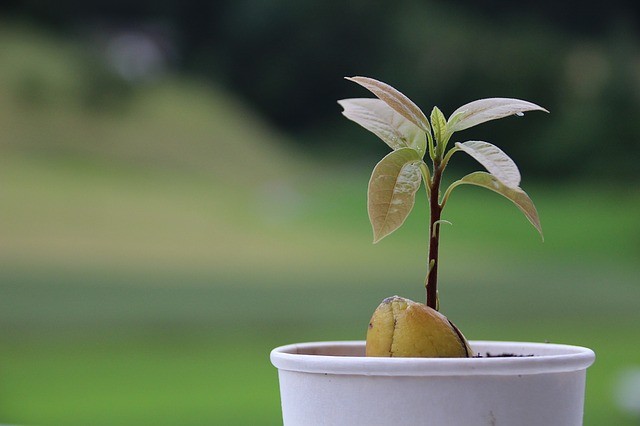
In closing, I am a huge fan of avocados and could make it my dissertation. Enough about the avocado, check out the benefits and unusual facts about the banana.
Wellness practitioner and digital nomad, Jody is looking for like-minded meditators and travel adventurers. No lulu lemmings.
